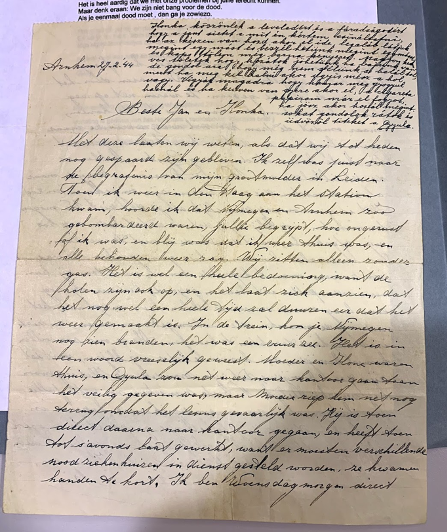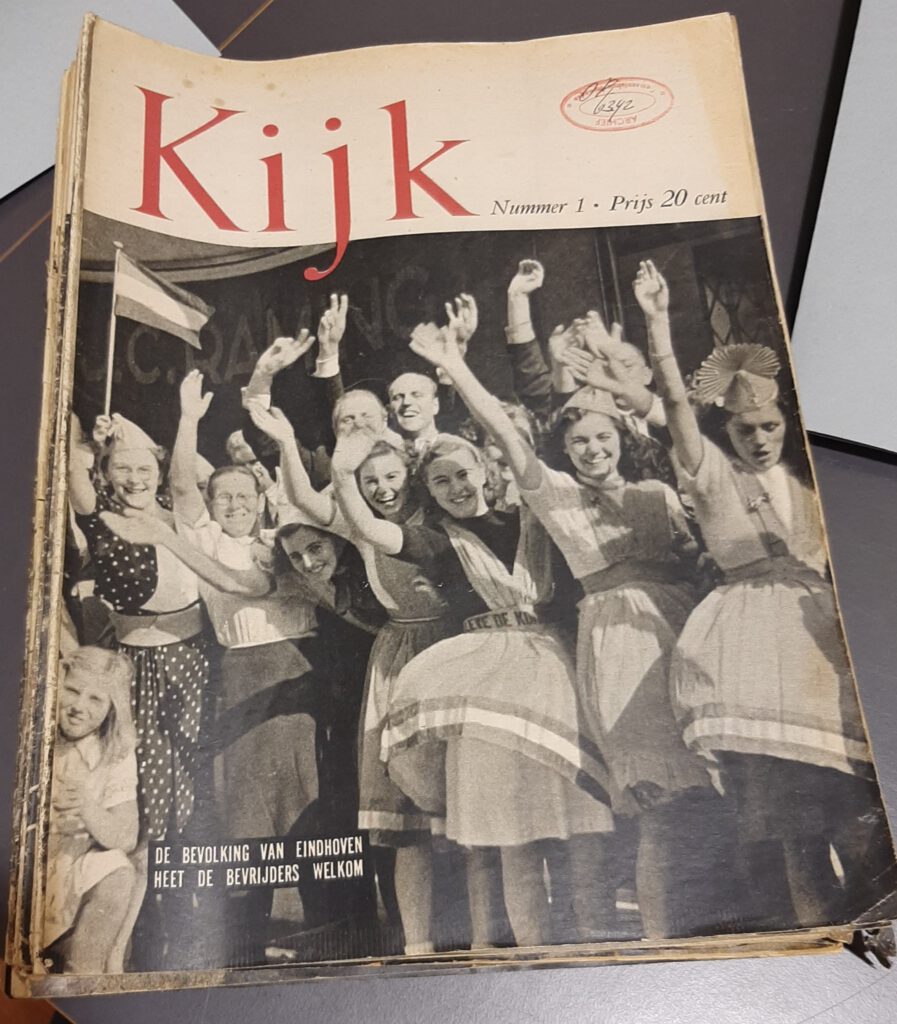77 Years of Liberation
A New Look at the Memory and Legacy of Transatlantic World War II Liberators in the Netherlands
About this Collection
The liberation of the Netherlands has often been glorified in history as a heroic deed of spreading democracy and fighting tyranny. America is viewed as the great liberator, and this is taken for granted in the larger frame of the Allied victory in World War II. 77 years later, academic research has shown another side of the coin. While transatlantic relations are taken for granted and viewed as something natural, they were actually curated and created consciously by America during liberation. The liberation was more than just a period of fighting for freedom: it was a period of intensive cultural imperialism, solidifying America’s position in the world. All that was good was emphasized, and all that was bad was ignored and masked.
A new look at war and liberation
This exhibit will show you a new, reevaluated image of the liberation of the Netherlands, a layered and balanced overview in which the negative and the positive sides are put in a new light. With archival research as a basis, six different case studies will transport you to the Netherlands of the 1940s and 1950s. Firstly, Marissa Aarts will show you a dark side of the liberation, by discussing the lootings by American soldier in the Beek-Ubbergen region. Then, Nikki van den Bogaard looks at the disastrous Allied bombing of Nijmegen, a city in which America’s role as the liberator had been questioned right from the start. Thirdly, Lisette Brussee will look at the city adoption and friendship that emerged out of the destruction of Nijmegen’s old city center, showing early onsets of transatlantic support after liberation. Maaike Duenk will tell you about the romantic relationships that evolved between Dutch girls and Allied soldiers, and how they were perceived. Then, Wouter Peer has provided a map that was created for the magazine KIJK, published in the Netherlands by the American Office of War Information. This map is an excellent example of what America wanted the liberated to see, and this piece will show you just that. Then, last but not least, Jolien van der Vries will show you how the liberation is commemorated in Groesbeek, an area in which one of the largest war cemeteries of the Netherlands is located.
You can visit the exhibit pieces in your preferred order by clicking the links provided below. We hope that you will enjoy this online exhibit, and that you can broaden your view on the liberation of the Netherlands, the light and the dark.
Heroes or criminals?
Looting by American soldiers in Ubbergen during its evacuation in November 1944
What is most distinctly remembered from the liberation, is the enormous sacrifice by those soldiers and the grateful cheering crowds and celebrating civilians. In Ubbergen, a small village near Nijmegen, and many other villages around the city of Nijmegen, this gratefulness was not necessarily appropriate.

Image © Regionaal Archief Nijmegen
The American Destroyers vs.
the American Liberators
On the 22nd of February in 1944, the city of Nijmegen was hit by disaster: airplanes flew over the city and dropped their bombs, killing over 800 citizens and destroying a major part of the historic city center. But the bombing of Nijmegen has an even darker side: the city was not bombed by the Germans, but by the American army.

Image © Regionaal Archief Nijmegen
A Transatlantic Friendship
The Request for American Oak for the Reconstruction of the Stevenskerk
In 1947, the city of Albany adopted the city of Nijmegen with the help of the 82nd Airborne Division. This division, which was led by General Gavin, had liberated the city and wanted to do something for the generous people of Nijmegen, who took care of soldiers while they hardly had anything themselves.

Image © Regionaal Archief Nijmegen
Loose Morals or a Prudish Society?
While the Dutch will always be grateful to the Allied soldiers for the liberation, there also was a moment shortly after the liberation when some people were desperate to get rid of these young men.

Image © Trouw
Mapping how America Wanted You to See Them
The transatlantic alliance that we take for granted nowadays was actually created and curated consciously by the American government, and the liberation of Europe played a crucial role in what would be a successful operation.

Image © Regionaal Archief Nijmegen
WWII Commemoration in Groesbeek
During his time spent in the Groesbeek area, General Gavin and his 82nd Airborne Division laid the foundation for a long relationship with the leaders and inhabitants of Groesbeek. After the war, General Gavin and war veterans continued to visit Groesbeek as they looked after the connections they made there during the war.

Image © ERfgoednet Berg en Dal